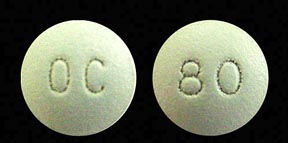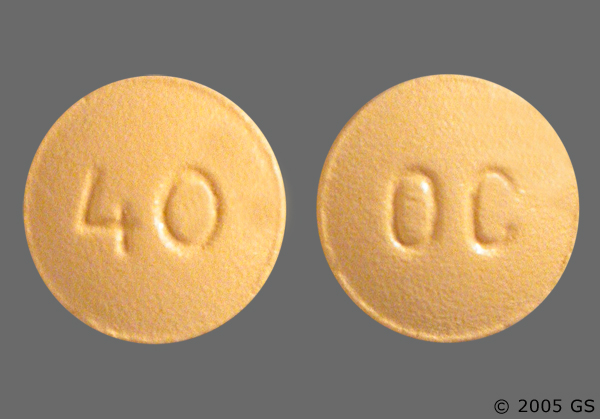LSD (lysergic acid diethylamide) is one of the major drugs making up the hallucinogen class. LSD was discovered in 1938 and is one of the most potent mood-changing chemicals known to man. It is manufactured from lysergic acid, which is found in ergot, a fungus that grows on rye and other grains.
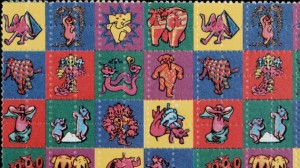 LSD, commonly referred to as “acid,” is sold on the street in tablets, capsules, and, occasionally, liquid form. It is odorless, colorless, and has a slightly bitter taste. LSD is most commonly taken by mouth. Often LSD is added to absorbent paper, such as blotter paper, and divided into small decorated squares, with each square representing one dose.
LSD, commonly referred to as “acid,” is sold on the street in tablets, capsules, and, occasionally, liquid form. It is odorless, colorless, and has a slightly bitter taste. LSD is most commonly taken by mouth. Often LSD is added to absorbent paper, such as blotter paper, and divided into small decorated squares, with each square representing one dose.
The Drug Enforcement Administration reports that the strength of LSD samples obtained recently from illicit sources ranges from 20 to 80 micrograms of LSD per dose. This is considerably less than the levels reported during the 1960s and early 1970s, when the dosage ranged from 100 to 200 micrograms, or higher, per unit.
The effects of LSD are unpredictable. They depend on the amount taken; the user’s personality, mood, expectations, and the surroundings in which the drug is used. Usually, the user feels the first effects of the drug 30 to 90 minutes after taking it. The physical effects include dilated pupils, higher body temperature, increased heart rate and blood pressure, sweating, loss of appetite, sleeplessness, dry mouth, and tremors.
Sensations and feelings change much more dramatically than the physical signs. The user may feel several different emotions at once or swing rapidly from one emotion to another. If taken in a large enough dose, the drug produces delusions and visual hallucinations. The user’s sense of time and self changes. Sensations may seem to “cross over,” giving the user the feeling of hearing colors and seeing sounds. These changes can be frightening and can cause panic.
Users refer to their experience with LSD as a “trip” and to acute adverse reactions as a “bad trip.” These experiences are long – typically dissipating after about 12 hours.
Some LSD users experience severe, and terrifying thoughts or feelings. They may experiance fear of losing control, fear of insanity, fear of death, and despair while using LSD. Many fatal accidents have occurred during states of LSD intoxication.
Many LSD users experience flashbacks, recurrence of certain aspects of a person’s experience, without the user having taken the drug again. A flashback occurs suddenly, often without warning, and may occur within a few days or up to a year after LSD use. Flashbacks usually occur in people who use hallucinogens chronically or have an underlying personality problem. However, otherwise healthy people who use LSD can also have flashbacks. Bad trips and flashbacks are only part of the risks from LSD use. LSD use may manifest relatively long-lasting psychoses, such as schizophrenia or severe depression. It is difficult to determine the extent and mechanism of the LSD involvement in these illnesses.
Most users of LSD voluntarily decrease or stop its use over time. LSD is not considered an addictive drug since it does not produce compulsive drug-seeking behavior as do cocaine, amphetamine, heroin, alcohol, and nicotine. However, like many of the addicts, LSD users build a tolerance to the drug. This means that users who take the drug repeatedly must take progressively higher doses to achieve the state of intoxication that they had previously achieved. This is an extremely dangerous practice, given the unpredictability of the drug. NIDA is funding studies that focus on the neurochemical and behavioral properties of LSD. This research will provide a greater understanding of the mechanisms of action of the drug.
Since 1975, MTF researchers have annually surveyed almost 17,000 high school seniors nationwide to determine trends in drug use and to measure attitudes and beliefs about drug abuse. Over the past 2 years, the percentage of seniors who have used LSD has remained relatively stable. Between 1975 and 1997, the lowest lifetime use of LSD was reported by the class of 1986, when 7.2 percent of seniors reported using LSD at least once in their lives. In 1997, 13.6 percent of seniors had experimented with LSD at least once in their lifetimes. The percentage of seniors reporting use of LSD in the past year nearly doubled from a low of 4.4 percent in 1985 to 8.4 percent in 1997.
In 1997, 34.7 percent of seniors perceived great risk in using LSD once or twice, and 76.6 percent said they saw great risk in using LSD regularly. More than 80 percent of seniors disapproved of people trying LSD once or twice, and almost 93 percent disapproved of people taking LSD regularly.
Almost 51 percent of seniors said it would have been fairly easy or very easy for them to get LSD if they had wanted it.




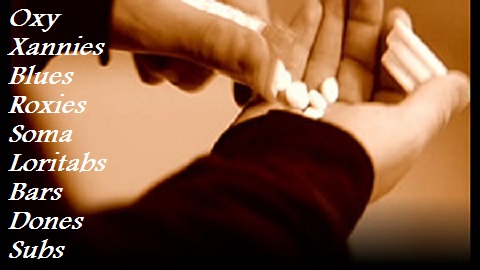 Millions of Americans are dependent on prescription drugs. Many of these addicts are average citizens, with no prior history of drug abuse. They became “hooked” after first using the drugs for legitimate medical reasons. Now, having escalated their drug usage, they cannot stop. The destructive course of addiction rips at the thread of family fabric.
Millions of Americans are dependent on prescription drugs. Many of these addicts are average citizens, with no prior history of drug abuse. They became “hooked” after first using the drugs for legitimate medical reasons. Now, having escalated their drug usage, they cannot stop. The destructive course of addiction rips at the thread of family fabric. LSD, commonly referred to as “acid,” is sold on the street in tablets, capsules, and, occasionally, liquid form. It is odorless, colorless, and has a slightly bitter taste. LSD is most commonly taken by mouth. Often LSD is added to absorbent paper, such as blotter paper, and divided into small decorated squares, with each square representing one dose.
LSD, commonly referred to as “acid,” is sold on the street in tablets, capsules, and, occasionally, liquid form. It is odorless, colorless, and has a slightly bitter taste. LSD is most commonly taken by mouth. Often LSD is added to absorbent paper, such as blotter paper, and divided into small decorated squares, with each square representing one dose.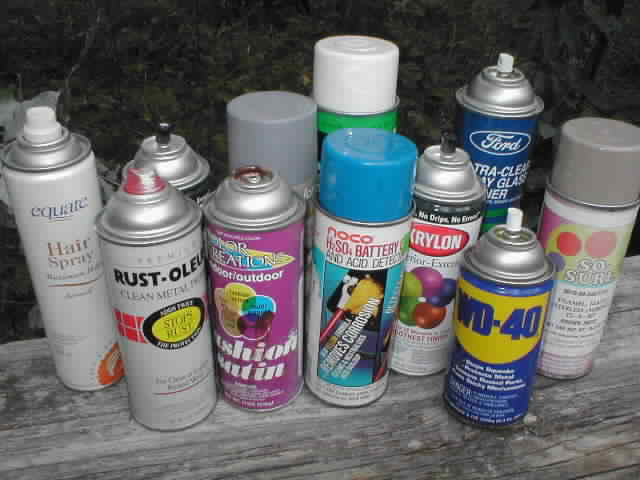 The use of inhalants is becoming more and more popular. The act of using inhalants is sometimes referred as “drug sniffing” or “choofing”. Using inhalants, even if they are common household products, can be very dangerous and parents are often not really aware that it is happening. It is often young teenagers who use them. Find out more about what inhalants are, the health problems from using them and how best to help your children.
The use of inhalants is becoming more and more popular. The act of using inhalants is sometimes referred as “drug sniffing” or “choofing”. Using inhalants, even if they are common household products, can be very dangerous and parents are often not really aware that it is happening. It is often young teenagers who use them. Find out more about what inhalants are, the health problems from using them and how best to help your children.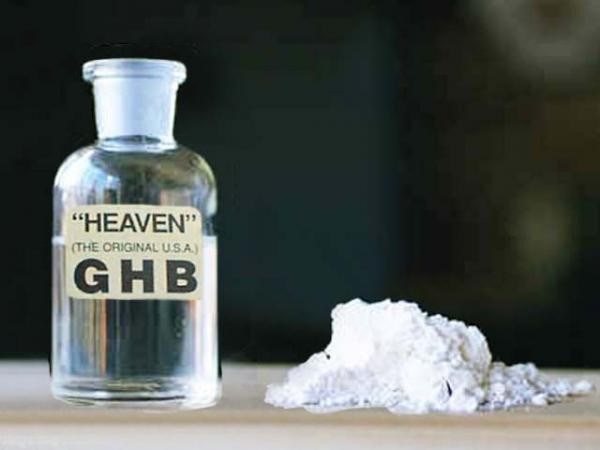 GHB is used by athletes to regulate human growth hormone. It also has limited medical use for treating narcolepsy. GHB is also a popular recreational drug as it acts as a depressant and a strong intoxicant. Users find that it enhances their experience while at a club or partying.
GHB is used by athletes to regulate human growth hormone. It also has limited medical use for treating narcolepsy. GHB is also a popular recreational drug as it acts as a depressant and a strong intoxicant. Users find that it enhances their experience while at a club or partying.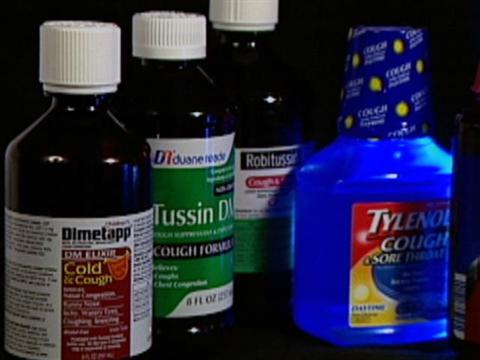 Dextromethorphan or DXM is the active ingredient in non-narcotic, over the counter cough syrup. In small doses DXM acts as an antitussive to relieve symptoms of cold and cough. In higher doses the drug can have a variety of effects users seek to achieve when using the drug recreationally.
Dextromethorphan or DXM is the active ingredient in non-narcotic, over the counter cough syrup. In small doses DXM acts as an antitussive to relieve symptoms of cold and cough. In higher doses the drug can have a variety of effects users seek to achieve when using the drug recreationally.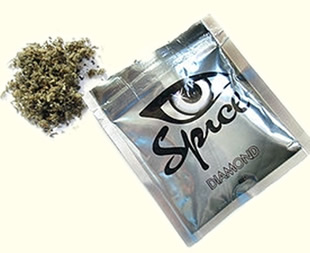 The active chemical in Spice is JWH 018, JWH 073 or a variety of other synthetic cannabinoids. The chemicals are usually sprayed on dried leaves and sold in foil packets. Make no mistake; Spice is an extremely harmful drug. While the immediate effects are similar to marijuana, there can be other devastating consequences as well. Some of these are:
The active chemical in Spice is JWH 018, JWH 073 or a variety of other synthetic cannabinoids. The chemicals are usually sprayed on dried leaves and sold in foil packets. Make no mistake; Spice is an extremely harmful drug. While the immediate effects are similar to marijuana, there can be other devastating consequences as well. Some of these are: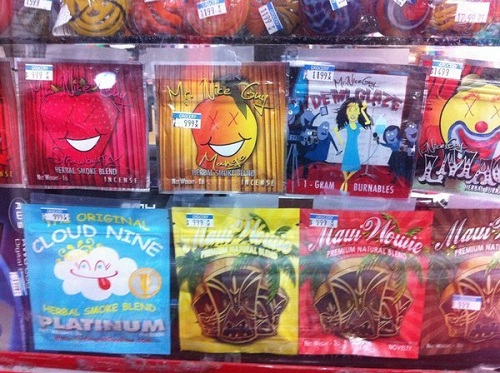 Bath Salts, Mephadrone or Methylenedioxypyrovalerone is a new, designer drug that started becoming popular in 2004. Prior to 2011, Bath Salts were legal in the US. They were commonly sold at gas stations, head shops, specialty stores and other locations as recreational drugs. In 2011 the drug became classified by the Drug Enforcement Agency as a Schedule 1 drug.
Bath Salts, Mephadrone or Methylenedioxypyrovalerone is a new, designer drug that started becoming popular in 2004. Prior to 2011, Bath Salts were legal in the US. They were commonly sold at gas stations, head shops, specialty stores and other locations as recreational drugs. In 2011 the drug became classified by the Drug Enforcement Agency as a Schedule 1 drug.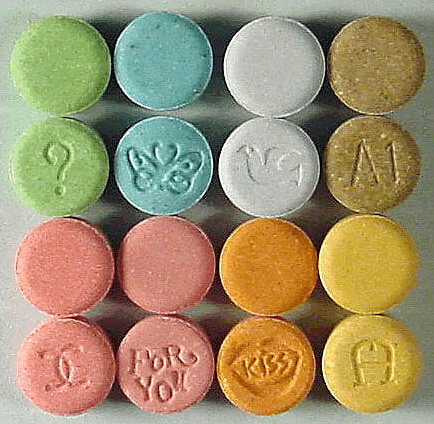 Ecstasy, also called MDMA, thizzle, skittles, rolling, etc is a semi-synthetic chemical compound. In its pure form, it is a white crystalline powder. It is usually seen in capsule form, in pressed pills, or as loose powder. The average cost ranges from $10-$30 ( U.S.) a dose. The most common routes of administration are swallowing or snorting, although it can be smoked or injected as well. Currently, Ecstasy is on the U.S. Schedule I of controlled substances, and is illegal to manufacture, possess, or sell in the United States. Most other countries have similar laws.
Ecstasy, also called MDMA, thizzle, skittles, rolling, etc is a semi-synthetic chemical compound. In its pure form, it is a white crystalline powder. It is usually seen in capsule form, in pressed pills, or as loose powder. The average cost ranges from $10-$30 ( U.S.) a dose. The most common routes of administration are swallowing or snorting, although it can be smoked or injected as well. Currently, Ecstasy is on the U.S. Schedule I of controlled substances, and is illegal to manufacture, possess, or sell in the United States. Most other countries have similar laws.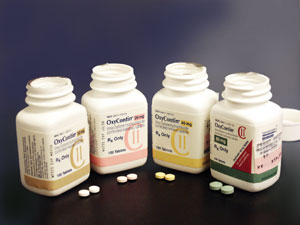 OxyContin is the brand name for an opioid analgesic containing the active ingredient oxycodone (also found in Percocet and Percodan). OxyContin is a legal narcotic that is available by prescription to treat severe pain. OxyContin is a controlled-release medication that, when used correctly, provides extended relief of pain associated with cancer, back pain, or arthritis. However, often when the drug is abused, the tablets are crushed and snorted, chewed, or mixed with water and injected. This eliminates the time-release factor and allows for a quick and intense rush of the drug to the brain. This practice can lead to overdosing on OxyContin’s active ingredient, oxycodone, by releasing too much of the medication into the bloodstream too quickly. OxyContin is highly addictive which means that higher doses of the drug must be taken when a tolerance develops. Illicit use of the drug has risen drastically and steadily over the last few years.
OxyContin is the brand name for an opioid analgesic containing the active ingredient oxycodone (also found in Percocet and Percodan). OxyContin is a legal narcotic that is available by prescription to treat severe pain. OxyContin is a controlled-release medication that, when used correctly, provides extended relief of pain associated with cancer, back pain, or arthritis. However, often when the drug is abused, the tablets are crushed and snorted, chewed, or mixed with water and injected. This eliminates the time-release factor and allows for a quick and intense rush of the drug to the brain. This practice can lead to overdosing on OxyContin’s active ingredient, oxycodone, by releasing too much of the medication into the bloodstream too quickly. OxyContin is highly addictive which means that higher doses of the drug must be taken when a tolerance develops. Illicit use of the drug has risen drastically and steadily over the last few years.